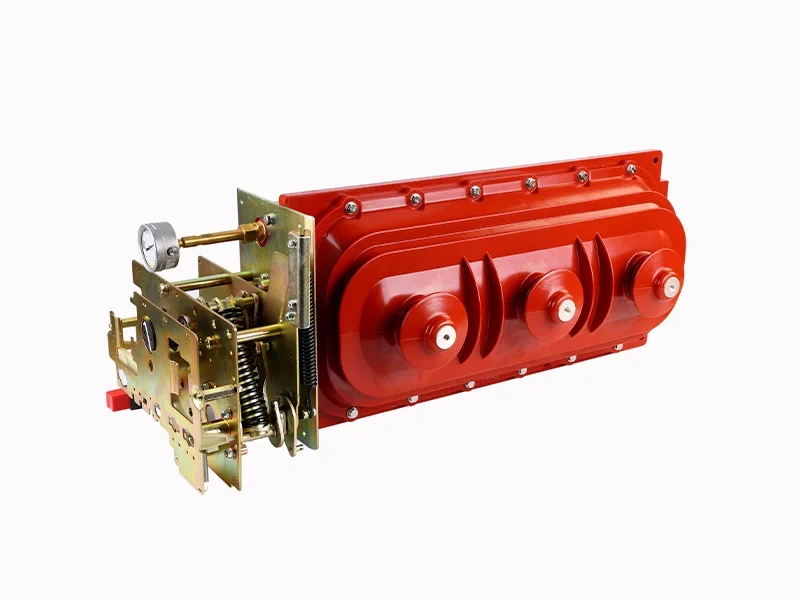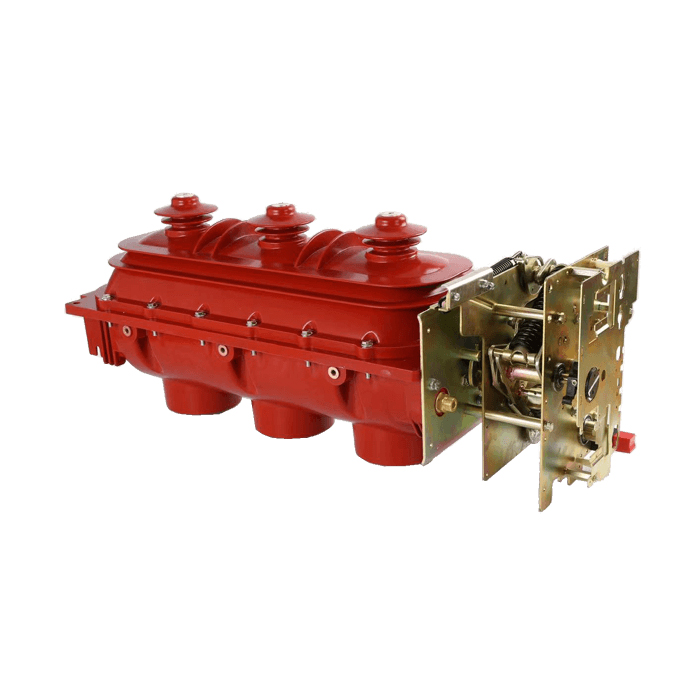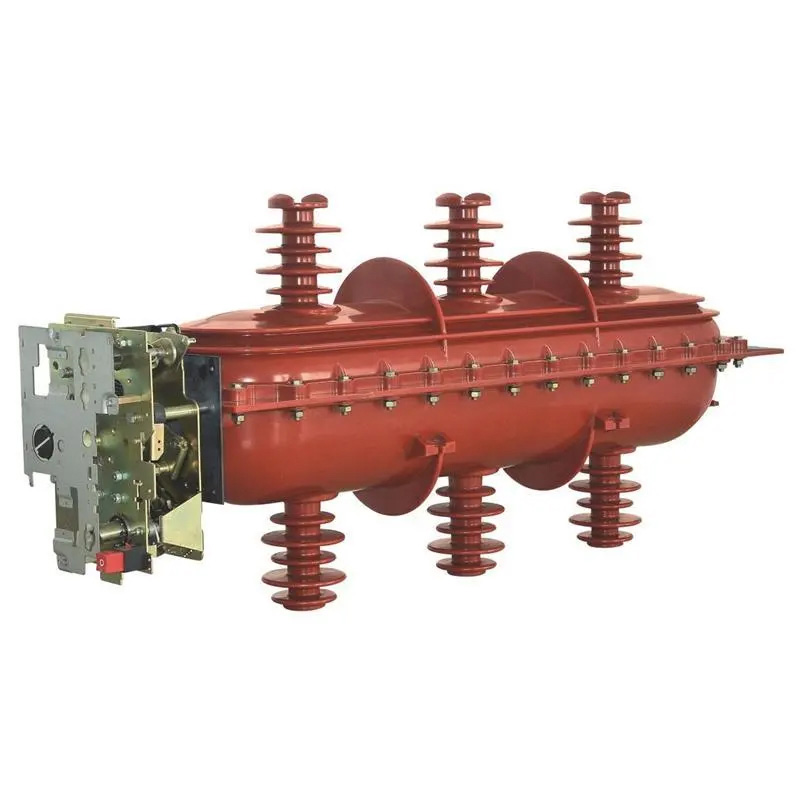
Superior Arc Extinguishing Performance of SF6 Gas in Electrical Applications
Introduction
As global power systems continue to evolve, the demand for reliability, safety, and efficiency in electrical equipment is growing. In high-voltage and ultra-high-voltage switchgear, sulfur hexafluoride (SF6) gas is widely used due to its outstanding insulation properties and superior arc-extinguishing capabilities. This article explores the arc extinction mechanism, performance advantages, practical applications, and future development directions of environmentally friendly alternatives to SF6 gas.

Fundamental Properties of SF6 Gas
SF6 is a colorless, odorless, non-toxic, and chemically stable gas with the following excellent characteristics:
- High Dielectric Strength: The insulation strength of SF6 gas is 2-3 times higher than that of air, making it an ideal choice for high-voltage electrical equipment.
- High Electronegative Property: SF6 molecules can rapidly capture free electrons, reducing gas ionization and effectively suppressing arc formation.
- Thermal Stability: SF6 gas maintains its electrical properties even under high temperatures, ensuring stable operation in extreme environments.
- Non-Toxic and Non-Flammable: SF6 gas does not support combustion and does not pose a health risk under normal operating conditions.
Arc Extinguishing Mechanism of SF6 Gas
In high-voltage switchgear, when a circuit experiences a short circuit or load switching operation, an electric arc forms between contacts. The arc extinguishing mechanism of SF6 gas mainly involves two processes:
Thermal Interruption Mechanism
- When the contacts separate, the high-temperature arc causes SF6 gas to decompose, releasing a large amount of heat.
- SF6 gas has excellent thermal conductivity, rapidly dissipating the heat generated by the arc.
- As the arc cools, its resistance increases, gradually reducing the current until it is fully extinguished at the natural current zero crossing.
Dielectric Interruption Mechanism
- During arc extinction, SF6 molecules quickly combine with free electrons, forming stable negative ions.
- These negative ions reduce the number of free electrons in the arc channel, enhancing the insulating capability of the gas.
- Due to the high electronegativity of SF6, the dielectric strength of the gas recovers quickly after arc extinction, preventing arc reignition.
Advantages of SF6 Arc Extinguishing Performance
- Rapid Arc Extinction: SF6 gas can extinguish arcs within milliseconds, significantly reducing power outage times in electrical systems.
- Reduced Arc Erosion: The energy of the arc is quickly absorbed, minimizing contact wear and extending equipment lifespan.
- Stable Grid Operation: SF6’s ability to suppress arcs enhances the reliability of GIS cabinets and other equipment, reducing the likelihood of power failures.
- Compact Equipment Size: Compared to air or oil-insulated systems, SF6-based equipment has a more compact design, saving installation space.
- Low Maintenance Requirements: SF6 switchgear has excellent sealing properties, ensuring long-term gas stability and reducing maintenance costs.
-

FLN36-40.5 Indoor AC SF6 Load Break Switch
Practical Applications of SF6 Gas
Due to its excellent arc-extinguishing properties, SF6 is widely used in the following electrical equipment:
- Gas-Insulated Switchgear (GIS): SF6-insulated GIS cabinets provide insulation and arc extinction, widely used in substations, urban power distribution networks, and high-rise buildings.
- High-Voltage Circuit Breakers: SF6 circuit breakers protect power transmission and distribution systems from short circuits and overloads.
- SF6 Load Break Switches: Used in medium-voltage power systems to ensure safe load switching.
- SF6 Current and Voltage Transformers: Used for accurate measurement and relay protection.
Environmentally Friendly Alternatives to SF6 Gas
Although SF6 gas offers excellent arc-extinguishing performance, its Global Warming Potential (GWP) is extremely high—about 23,500 times that of CO2. Therefore, research into environmentally friendly alternatives is actively underway, including:
New Eco-Friendly Gases
- Fluoronitrile Gases (C4-FN, C5-FK): These gases have dielectric properties close to SF6 and significantly lower global warming potential.
- Gas Mixtures (SF6/N2, SF6/CO2): By reducing SF6 concentration, partial environmental benefits can be achieved.
Vacuum Interruption Technology
- Vacuum-based medium-voltage switchgear has already become the main alternative to SF6.
- In the future high-voltage systems, vacuum technology combined with eco-friendly gases may become the mainstream solution.
Future Outlook
With increasingly strict global environmental regulations, SF6 applications are evolving toward low-emission and high-efficiency solutions. New insulating materials, advanced sensing technology, and intelligent monitoring systems will further enhance the safety and environmental performance of electrical equipment.
Conclusion
SF6 gas plays an irreplaceable role in power systems due to its superior arc-extinguishing ability and insulation properties. Although its environmental impact is a growing concern, continuous advancements in alternative gases and technologies are paving the way for more sustainable and efficient applications of SF6 in the future.
